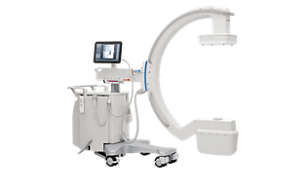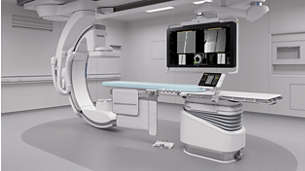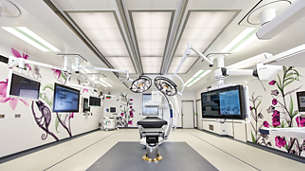Surgery
Featured

Advancing surgical care, together
Picture, for a moment, what minimally invasive surgery could be like when you have the right solutions in place. More predictable patient recovery and the clear visualization that lets you see accurately to treat effectively. The efficiency and advanced visualization to make better use of your valuable operating resources. All of this could be possible, when we work together.
Latest stories
-
Discover how innovative mobile C-arm technologies, such as DoseWise Zenition, ensure lower X-ray dose during interventional procedures.
Click here to learn more
Specialty care areas
-
![Orthopedic solutions]()
Improve clinical outcomes in orthopedic surgery with precise and personalized treatment.
Click here to learn more
Featured innovations
Featured products
Portfolio highlights
Customer stories
Zenition helps improve orthopedic surgery outcomes
Learn from Dr. Eric Slotkin how Philips Zenition Mobile C-Arm improves image quality, ease of use, and surgical outcomes in orthopedic surgery.
Hackensack uses Azurion for hybrid space
Discover how Hackensack University Medical Center is using Philips Azurion with FlexArm to enhance patient care and improve surgical procedures.
Azurion Hybrid OR with FlexArm at work
Hear surgeons at Prince of Wales Private Hospital discuss use of Philips Azurion Hybrid OR with FlexArm











